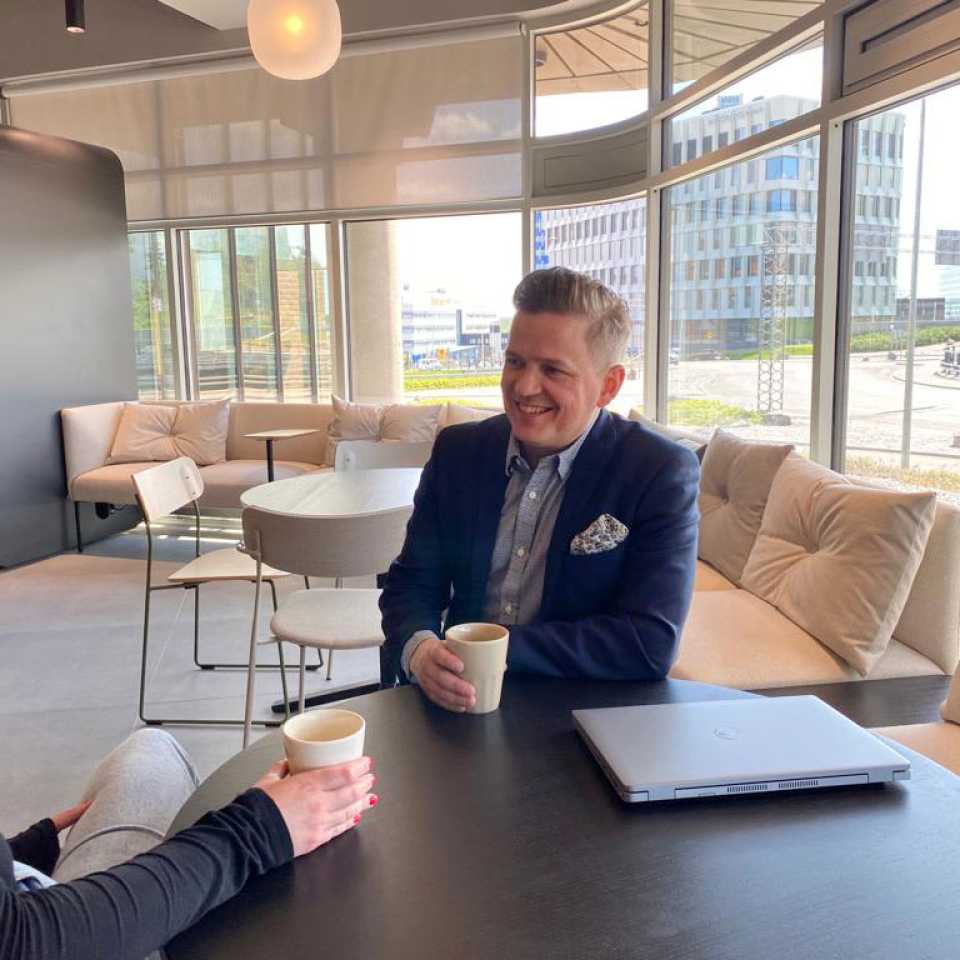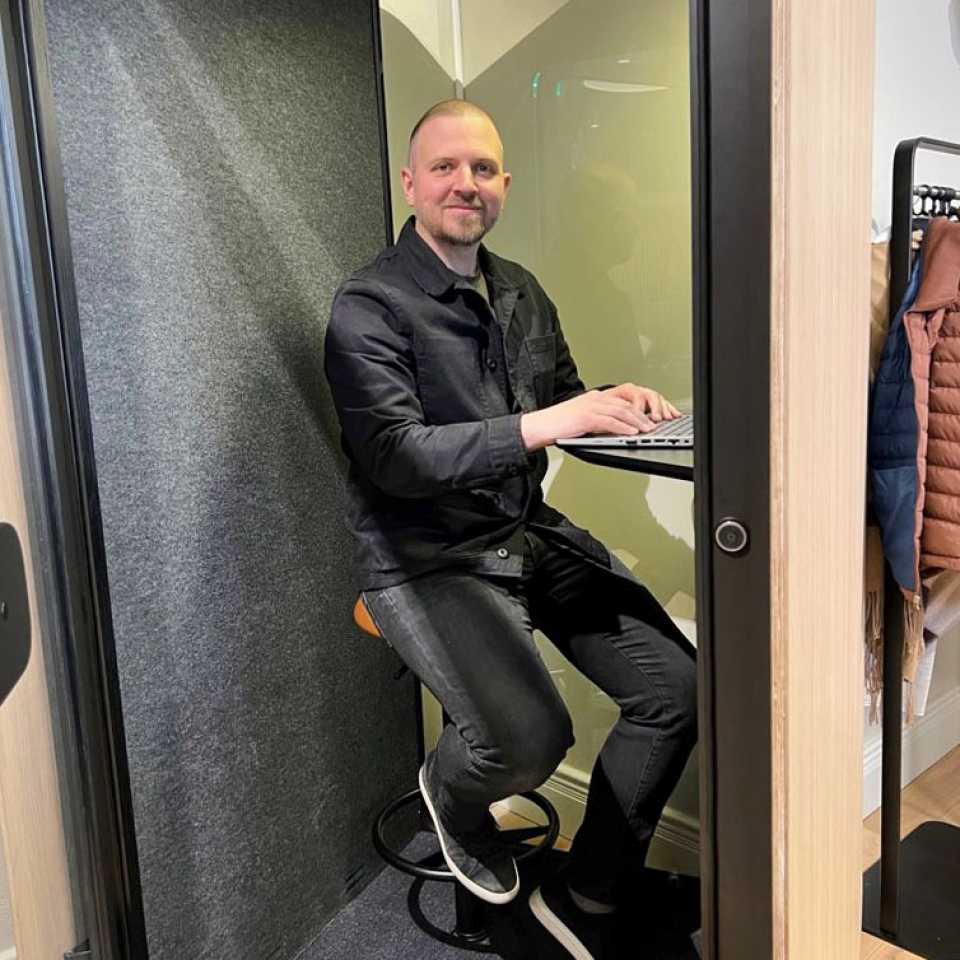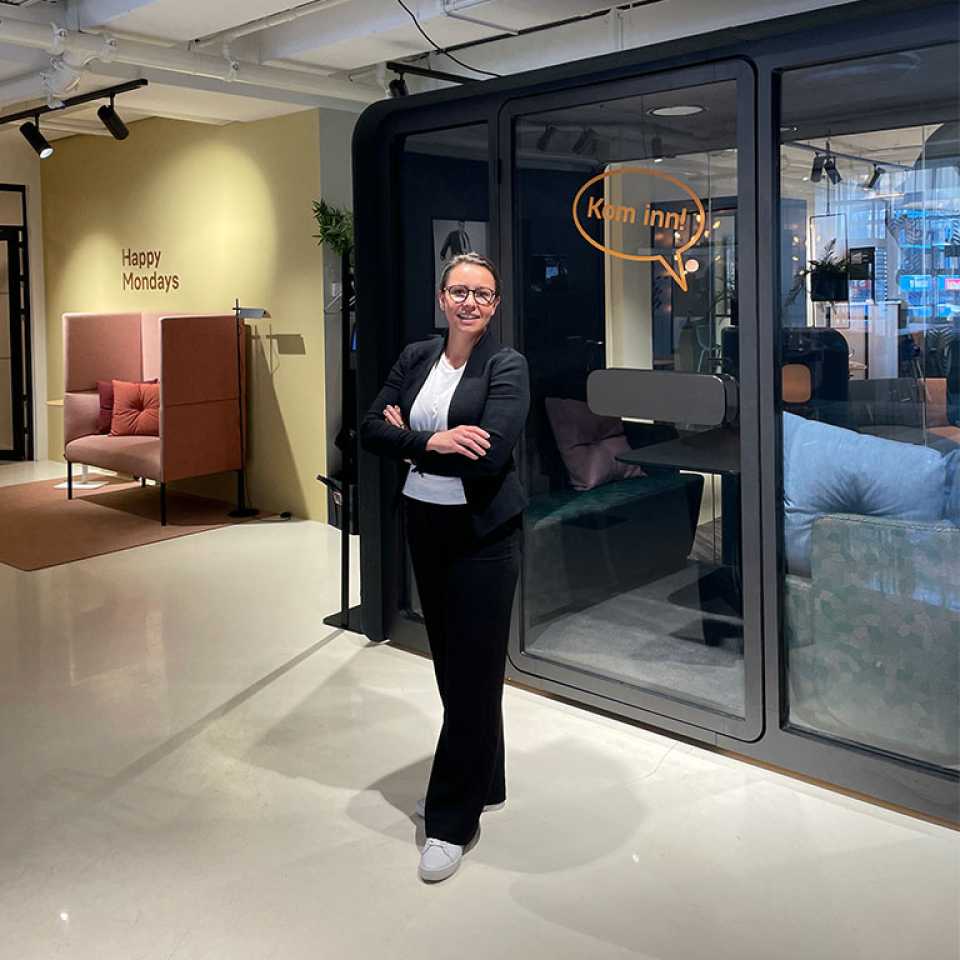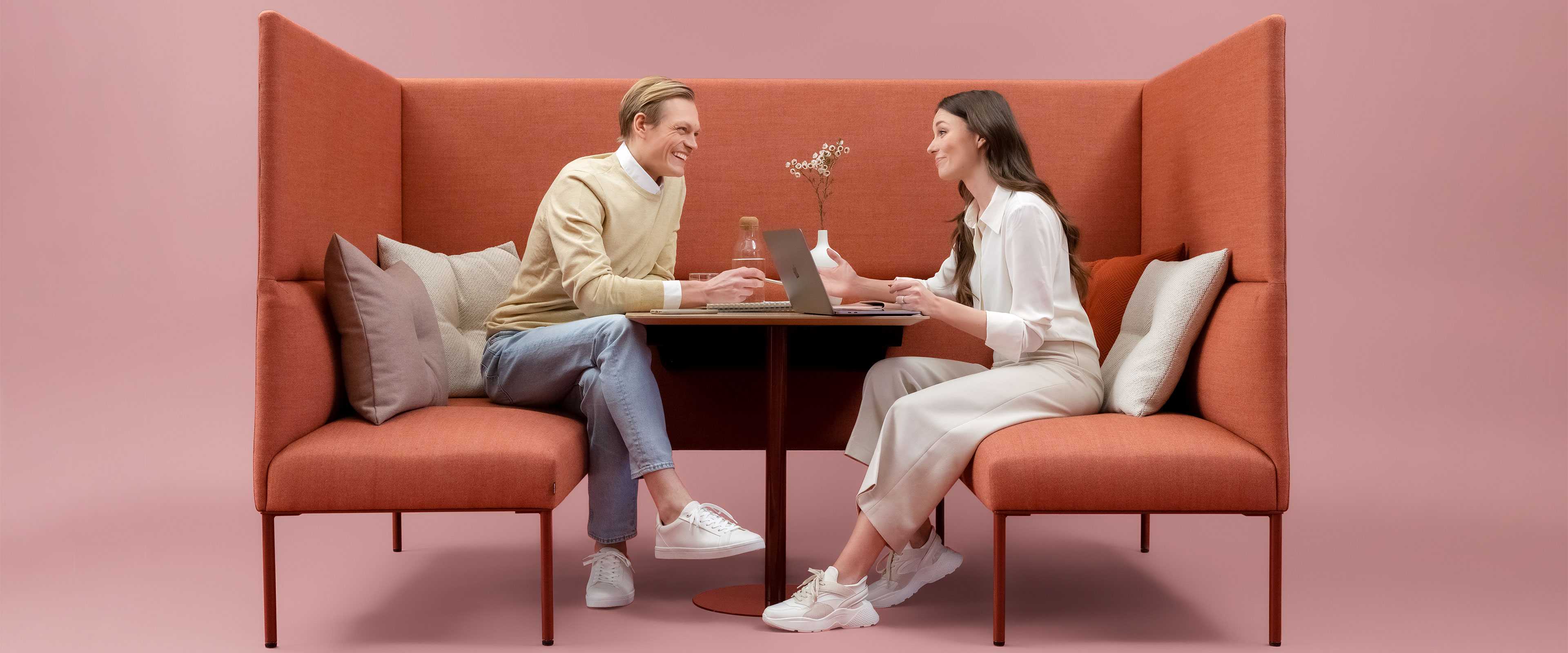These office solutions are currently the most popular in the Nordics
Many organisations are now thinking about ways to engage employees to come to the office more often. After the pandemic, recommendations have been made about the ideal amount of working from home and these have gradually been turned into guidelines. Many companies have switched to the "three days at the office, two remotely" guidelines. The change in the work culture has been fast and the leadership challenges and the deterioration in wellbeing of personnel have become more and more evident, when employees have mainly been working remotely.
So what is the role of workplace design in getting the personnel to meet each other more in the office? In many companies, the premises do not meet current needs: there is too much space and it is the wrong kind. In order for the personnel to feel that coming to the office is worth it, the facilities must support the most important ways of working: spontaneous discussions, concentration, collaboration and virtual meetings.
We asked our experts which solutions are currently the most needed in Nordic organisations.

"In the current customer discussions, it becomes clear that the offices need a relaxed meeting place that can also be used for short-term work or relaxing over a cup of coffee. We call this kind of space Working café," says Ari Tölli from Martela Finland. In the same way that people are often gathering in the kitchen at home, the office also needs an active meeting place. A café is often placed near the entrance, so people will enter it when coming to the office and immediately meet colleagues. The space also offers a short-term working space for those visiting the office.
When designing a working café, the key is flexibility. The space should offer different seating options, such as sofas and withdrawal spaces as well as lighter chairs and small tables that are also suitable for working. A café is often combined with an open space, which can be flexibly used, for example, for staff infos and small-scale customer events.

Although people come to the office more and more often to meet colleagues and work together, tasks that require concentration still make up the majority of a working week. It is important to plan the office in zones and reserve enough workstations for work that requires longer concentration, but also spaces for short meetings and virtual meetings.
Christian Lippert from Martela's Stockholm office describes the situation in Swedish companies: "The need for phone booths of different sizes has increased significantly. Most of the meetings today are smaller virtual meetings, and there are simply not enough small conference rooms in the offices. Companies are now investing in ensuring that no one is forced to stay at home because it is impossible to concentrate at the office."
Among the features of a one-person phone booth, users value good sound insulation and ventilation the most. Larger meeting modules are often used for longer periods of time, which makes seating comfort and versatile accessories important as well. Renting phone booths has been a popular option, as it enables the flexibility of adding phone booths and returning those that are no longer needed. Learn more about Martela's flexible meeting rooms.

Flexibility is key in space design and furniture selection, but also when choosing the procurement model. As an option for a one-time investment, the flexible furniture rental service has grown in popularity. "The popularity of this service model grew initially because of the difficulty of predicting the future. It is very challenging to predict, for example, at which level the amount of remote work will settle," says Martela Norway’s Pia Sander.
"Recently, we have noticed that the importance of sustainability has grown rapidly also in the work environment development, which has contributed to the popularity of the service model. For example, for Evolve, which rents co-working spaces, the circularity-based Workplace as a Service (WaaS) model was the perfect solution to support their strategy for a greener future."
Depending on the needs, part or all of the furniture and the needed number of services can be included in the monthly payment of the service model. Furniture that is no longer needed is professionally recycled for further use, thus extending the lifecycle of the furniture.
Read more about the service model.
Let's go back for a moment to why it is important to support employee interaction and collaboration.
Collaboration is known to play a significant role in generating creativity and innovation. Strong social ties create a positive working atmosphere where employees are happy and feel they are part of a larger whole. In physical interaction, information sharing is more efficient and the possibility of misunderstandings is smaller. Finally, if wellbeing and work efficiency are important for the development of a company's business and customer experience, it is worth turning the spotlight on where work culture is created every day.
